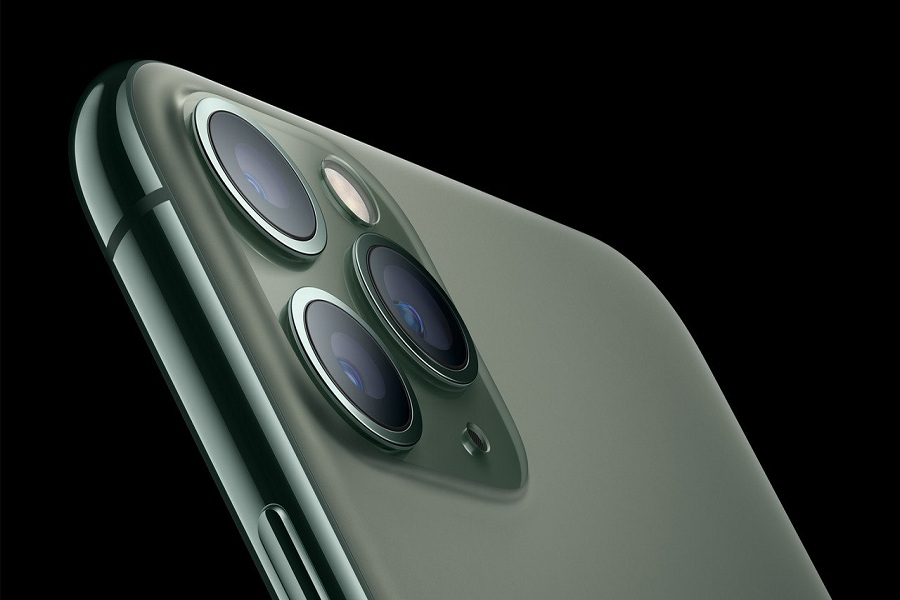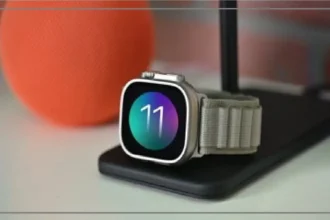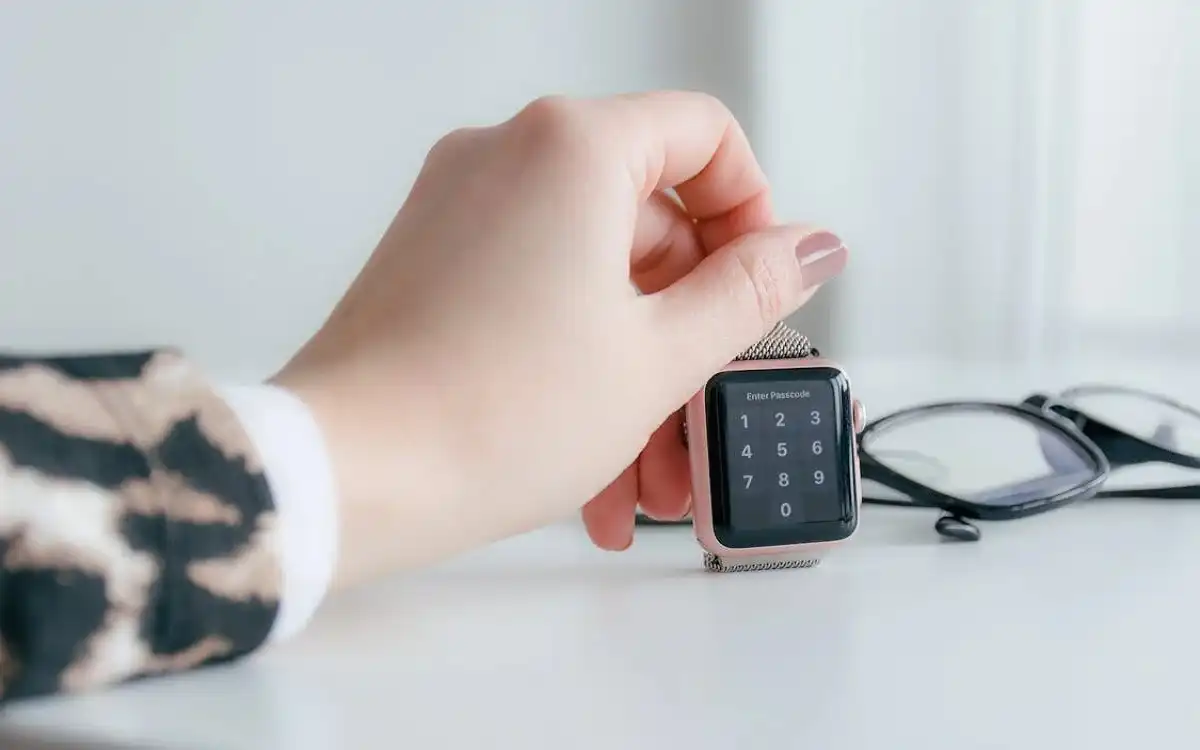Introduction
The wearable technology continues to evolve at a rapid pace, with Apple leading the charge through its iconic Apple Watch series 10. The latest repeat, the Apple Watch Series 10, has recently hit the market, promising advancements in display technology, performance, and user experience. However, as with any new technology, it comes with its own set of challenges and trade-offs.
Recent Released: How to use MyHarmonyPortal on iPhone
A Brighter, Wider View: Display Innovations
Expanding Horizons with a Larger Active Screen
One of the most noticeable improvements in the Apple Watch Series 10 is its expanded display. Apple has managed to increase the active screen area by up to 30% compared to earlier models like the Series 4, 5, and 6. Even when compared to its more recent predecessors – the Series 7, 8, and 9 – the Series 10 boasts a 9% larger active screen area. This expansion is not just about numbers; it translates to a tangible improvement in the user experience, allowing for better readability and more content to be displayed at a glance.
Wide-Angle OLED: A New Perspective on Smartwatch Displays
IMAGE

The Series 10 introduces a groundbreaking wide-angle OLED display, marking a significant leap in smartwatch screen technology. This innovation optimizes pixel emission for improved visibility from various angles. The practical implication is impressive: the display appears up to 40% brighter than the Series 9 when viewed off-angle. This enhancement addresses a common pain point for smartwatch users who often need to read notifications or check the time without raising their wrist to an ideal viewing position.
Brightness and Visibility: Shining in Every Situation
Maintaining the impressive 2,000 nits maximum brightness of its predecessor, the Series 10 ensures excellent visibility even under direct sunlight. However, the real game-changer is how this brightness combines with the wide-angle technology to enhance visibility in low-light conditions. Whether you’re checking the time in a dimly lit restaurant or glancing at your workout stats during an early morning run, the Series 10’s display rises to the occasion.
Smooth Operator: Enhanced Refresh Rate
The Series 10 takes a step forward in display responsiveness with an improved refresh rate capability. In always-on mode, the display can now refresh once per second, leading to smoother animations and a more responsive interface. This enhancement not only improves the overall user experience but also opens up new possibilities for watch face designs and app interactions.
New Watch Faces: Maximizing Screen Real Estate
To fully leverage the larger and more capable display, Apple has introduced new watch faces specifically designed for the Series 10. The Flux watch face, for instance, features bold graphics that dynamically fill the screen, showcasing the display’s capabilities while providing a visually striking timekeeping experience.
Under the Hood: Performance and Battery Life
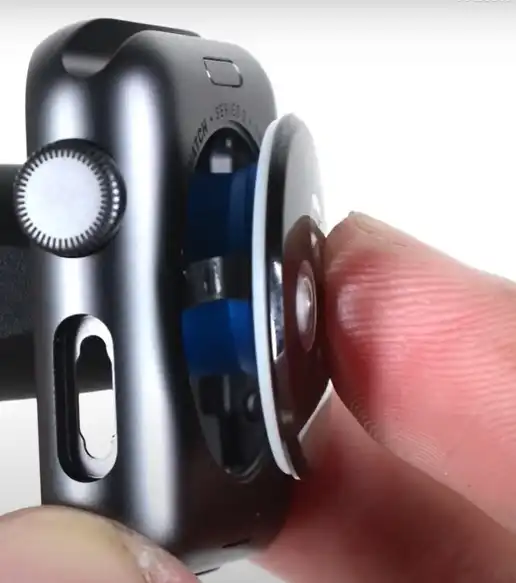
Processing Power: The Heart of Innovation
While there are specific details about the processor in the Series 10 were not provided in the source material, it’s safe to assume that Apple has continued its tradition of improving performance with each new iteration. The enhanced display capabilities and new features likely require more processing power, which Apple typically addresses with each new model.
Battery Life: Consistency Meets Efficiency
The Apple Watch Series 10 maintains the familiar “all-day” battery life of up to 18 hours under typical use conditions. It includes regular activities such as checking the time, receiving notifications, and a 60-minute workout with music playback. However, the real-world performance often exceeds these conservative estimates.
Extended Battery Performance
Many users report achieving between 30 and 36 hours of battery life in real-world scenarios, especially when certain power-hungry features like the Always-On display are disabled. With efficient usage patterns, the Series 10 can significantly outlast Apple’s official estimates.
Low Power Mode: Doubling Down on Longevity
For those times when you need your watch to last even longer, the Series 10 offers a Low Power Mode that can extend the battery life up to 36 hours. This feature is particularly useful for weekend trips or situations where charging might not be readily available.
Rapid Charging: Power Up in a Flash
One of the standout features of the Series 10 is its rapid charging capability. The watch can reach 80% charge in about 30 minutes, which is not only faster than previous models but also outpaces the charging speed of the more robust Apple Watch Ultra 2. This quick charging feature adds a significant convenience factor, allowing users to top up their watch’s battery during short breaks in their day.
The Repairability Conundrum
A Step Back in User Serviceability
While the Apple Watch Series 10 brings numerous advancements in display technology and user experience, it takes a concerning step backwards in terms of repairability. iFixit, a renowned authority on device repairability, recently conducted a teardown of the Series 10, revealing some troubling insights for DIY enthusiasts and repair professionals alike.
The Repairability Score: A Cause for Concern
IMAGE

The Apple Watch Series 10 received a disappointingly low repairability score of 3 out of 10 from iFixit. It marks a significant decline from previous models, which consistently scored 6 out of 10. The lower score reflects the increased challenges associated with accessing and replacing internal components, particularly the battery and display.
Design Choices Impacting Repairability
Several design choices contribute to the Series 10’s poor repairability score:
- Tightly Sealed Design: The watch features an enclosed case that contributes to its thinner profile. While this design choice may enhance aesthetics and possibly durability, it significantly complicates the process of accessing internal components.
- Extensive Use of Adhesive: Unlike newer iPhone models that use “electric glue” for easier disassembly, the Series 10 relies on traditional adhesive. This makes opening the device and removing components like the battery much more difficult and risky.
- Compact Internal Layout: The internal components are tightly packed, with critical elements like sensors located beneath the battery. This arrangement increases the risk of accidental damage during repair attempts.
Battery Replacement Challenges
Replacing the battery in the Apple Watch series 10 presents several significant hurdles:
- Minimal Access Points: The tightly sealed design leaves only a 0.176 mm gap for prying open the device, requiring extreme care and precision.
- Strong Adhesive: The battery is secured with powerful adhesive, necessitating the application of heat to loosen it before removal. This process is both delicate and time-consuming.
- Risk of Component Damage: Due to the compact internal layout, there’s a high risk of damaging nearby components, particularly the sensors located beneath the battery, during the replacement process.
Implications for Users and the Right to Repair Movement
The decreased repairability of the Apple Watch Series 10 raises concerns about its long-term sustainability and the growing right-to-repair movement. As devices become more difficult to fix, consumers are increasingly forced to rely on manufacturer-approved repair services or to replace their devices entirely when issues arise. This trend not only impacts consumer choice but also contributes to electronic waste, a growing environmental concern.
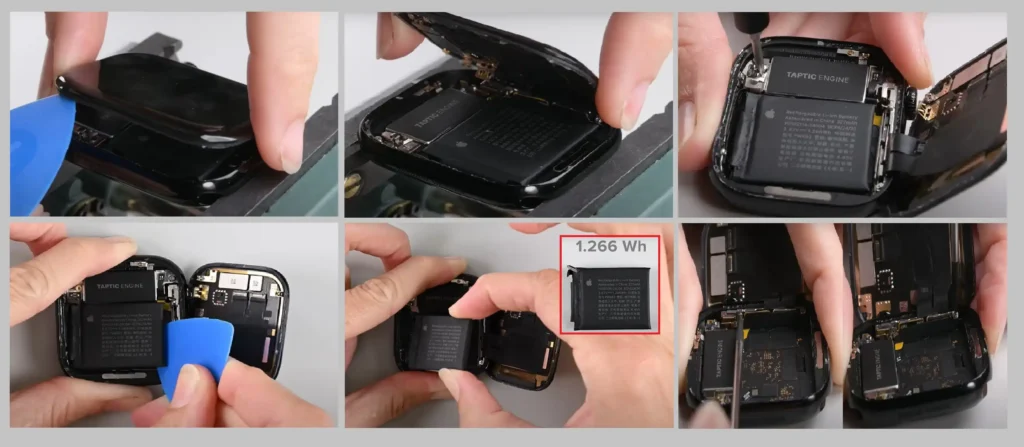

DIY Repair: Proceed with Caution
Despite the challenges, some users may still attempt DIY repairs on their Apple Watch series 10. For those brave souls, here are some general tips to keep in mind:
- Assess the Damage: Before attempting any repair, accurately diagnose the issue. Common problems include cracked screens, unresponsive displays, or battery issues.
- Gather Proper Tools: Essential tools include precision screwdrivers, suction cups, tweezers, isopropyl alcohol for adhesive removal, a heat gun or mat to soften adhesive, and an anti-static brush for cleaning.
- Create a Suitable Workspace: Ensure you have a clean, well-lit area to work in, ideally with anti-static mats to prevent damage from static electricity.
- Follow Detailed Guides: Given the complexity of the Series 10, it’s crucial to follow step-by-step guides from reputable sources. Video tutorials can be particularly helpful for visualizing the process.
- Know When to Stop: If you encounter significant resistance or feel unsure at any point, it’s best to stop and seek professional assistance. The risk of causing further damage often outweighs the potential benefits of a DIY repair.
The Future of Wearable Tech: Balancing Innovation and Sustainability
The Apple Watch Series 10 represents both the exciting possibilities and the concerning trends in wearable technology. On the one hand, it offers impressive display innovations, consistent battery life with fast charging, and a suite of health and fitness features that continue to push the boundaries of what a smartwatch can do. On the other hand, its reduced repairability raises questions about the long-term sustainability of these devices and the industry’s approach to product lifecycle management.
The Innovation Dilemma
The challenge for manufacturers like Apple lies in balancing cutting-edge design and functionality with principles of sustainability and repairability. As devices become more compact and feature-rich, the engineering trade-offs often result in products that are harder to repair or upgrade. This trend is not unique to Apple but is prevalent across the tech industry.
Consumer Awareness and Choice
As consumers, it’s important to be aware of these trade-offs when making purchasing decisions. While the latest features and sleek designs are appealing, considering factors like repairability and long-term support can lead to more sustainable choices. Some consumers may prioritize devices that are easier to repair or have longer software support, even if they don’t have the absolute latest features.
Industry Responsibility
The tech industry has a responsibility to address these concerns. Innovations in design that allow for both advanced features and easier repairs are possible, as demonstrated by some manufacturers who have made strides in this area. Pressure from consumers, right-to-repair advocates, and regulators may push the industry towards more sustainable and repairable designs in the future.
Finally
The Apple Watch Series 10 is undeniably a technological marvel. Its wide-angle OLED display, improved visibility, and enhanced performance make it a compelling upgrade for many users. The consistent battery life, coupled with impressively fast charging, addresses one of the key pain points of wearable technology.
However, the significant step backwards in repairability casts a shadow over these achievements. As consumers become more conscious of the environmental impact of their tech choices and the importance of the right to repair, devices like the Series 10 may face increasing scrutiny.
Ultimately, the Apple Watch Series 10 embodies the current state of wearable technology – innovative, powerful, and user-friendly, but with room for improvement in terms of long-term sustainability and repairability. As the industry continues to evolve, it will be interesting to see how Apple and other manufacturers address these challenges in future iterations.
For potential buyers, the decision comes down to priorities. If having the latest display technology and performance in a sleek package is paramount, the Series 10 is an excellent choice. However, for those concerned about long-term usability and sustainability, it might be worth considering alternatives or waiting to see if future models strike a better balance between innovation and repairability.
As we look to the future of wearable technology, one thing is clear: the conversation around repairability and sustainable design is only going to grow louder. How manufacturers respond to this challenge will shape not only the devices we wear on our wrists but also the broader landscape of consumer electronics in the years to come.
For More Apple Tech Update Visit Considering Apple

